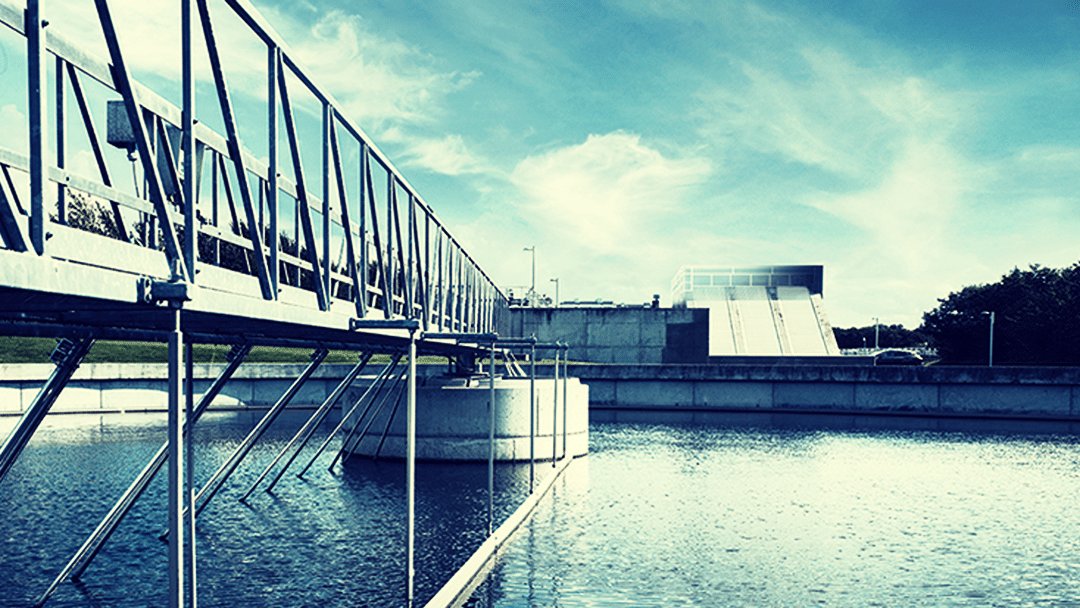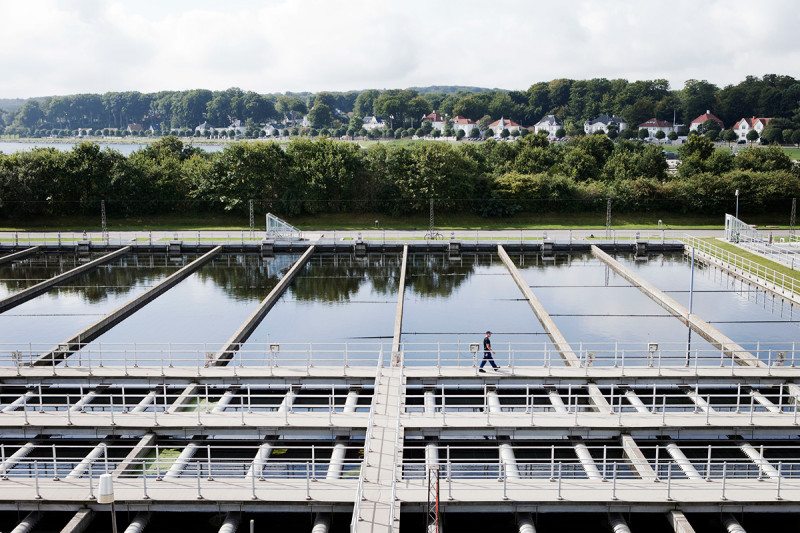
Wastewater Wattage
Aarhus, a gorgeous city in Denmark, is making renewable energy history with the world’s first water treatment plant completely powered by electricity generated using household wastewater and sewage.
Due to some stringent new regulations, the Marselisborg Wastewater Treatment Plant was upgraded to be able to generate more than 150 percent of the energy required for the plant to operate. The unspent energy can be used to pump drinking water throughout the system, serving 200,000 people, or sold back to the grid to compound efficiency.
To generate the energy, the plant creates biogas out of the wastewater. Carbon is transported from the waste and fed to bacteria which produce biogases, mostly in the form of methane, which are finally burned to generate the power used to run the plant.
New Scientist attributes the success of the plant to “strict environmental regulations targeting water discharge, and a mandate for reducing nitrate and phosphate pollution.” The upgrades necessary to make the plant energy efficient did come with an upfront cost of nearly €3 million, but officials expect to easily recoup that cost within the next five years.
From Nature to Novelty

This accomplishment is just one example of how municipalities are working with nature to devise novel ways to power our world. Fossil fuel usage is an immense threat to the environment, and therefore the long term survival of our planet. Any way that we can work to mitigate or even reduce the damage we are doing to our planet is a welcome development.
The United States has begun harnessing the power of the ocean with tidal power generation. Chile has embraced solar power so well that it’s too much for their infrastructure to handle. Costa Rica even ran on 99 percent renewables last year. With the cost of renewables rapidly becoming more economical than fossil fuels, we are approaching the beginnings of a golden age in clean energy generation.